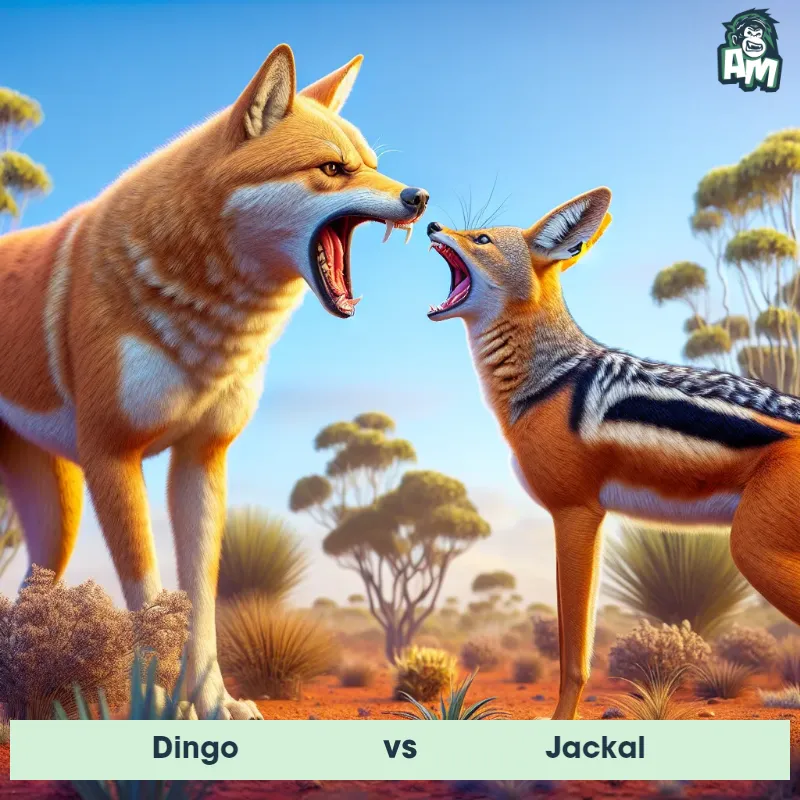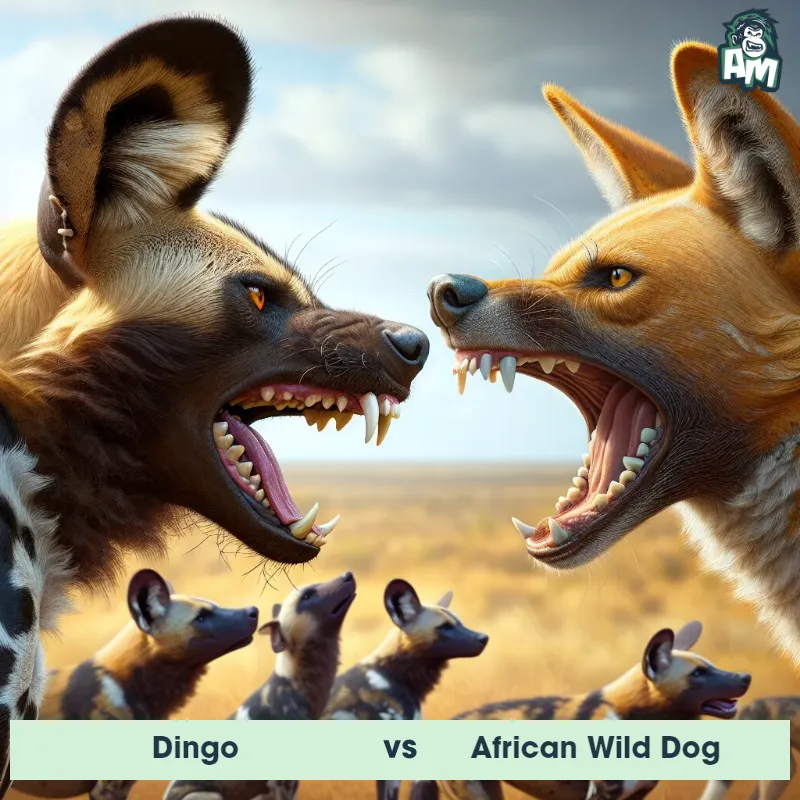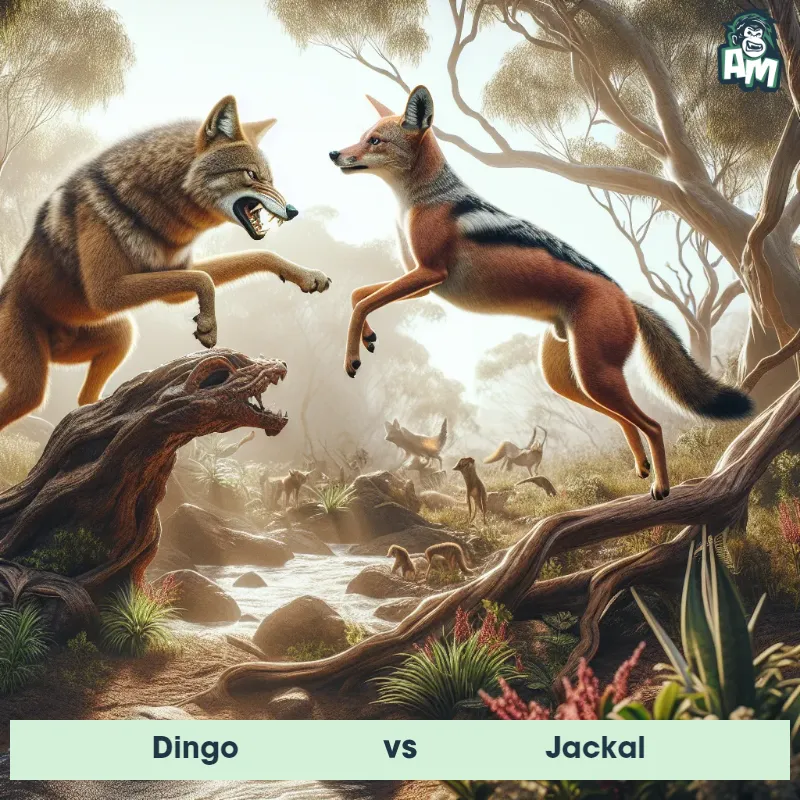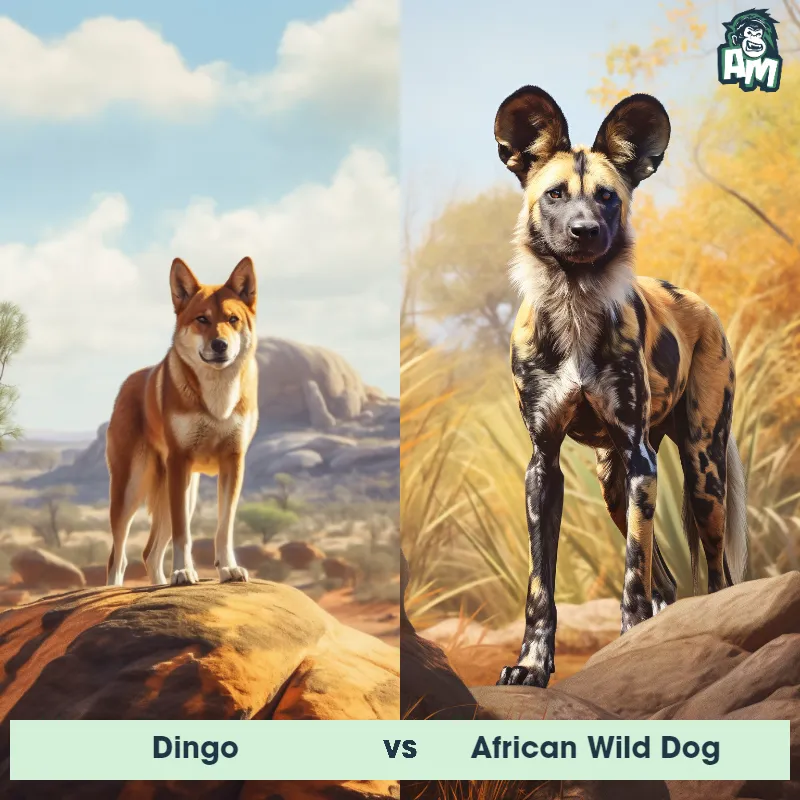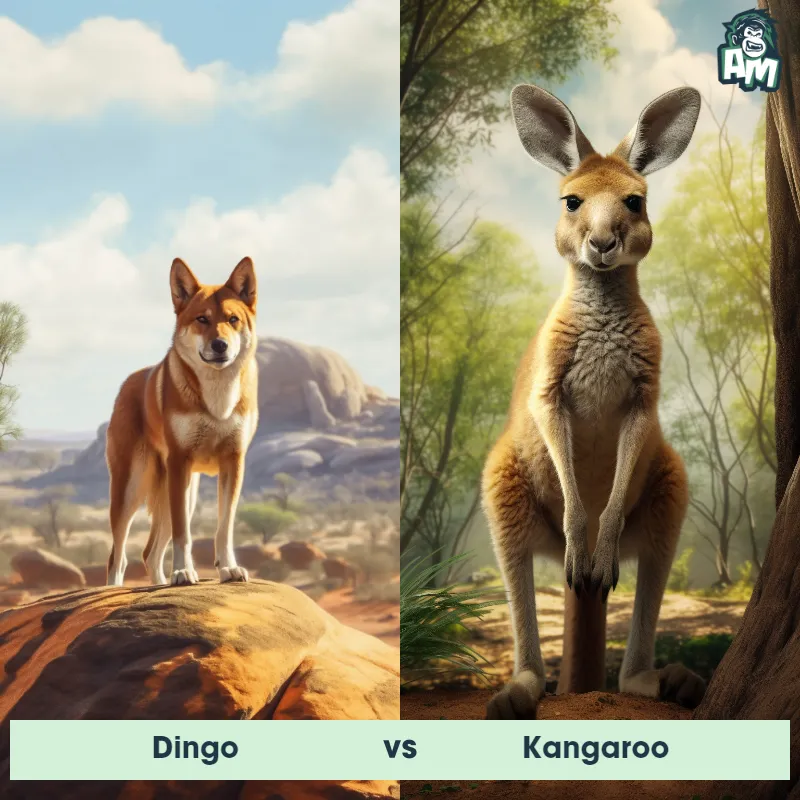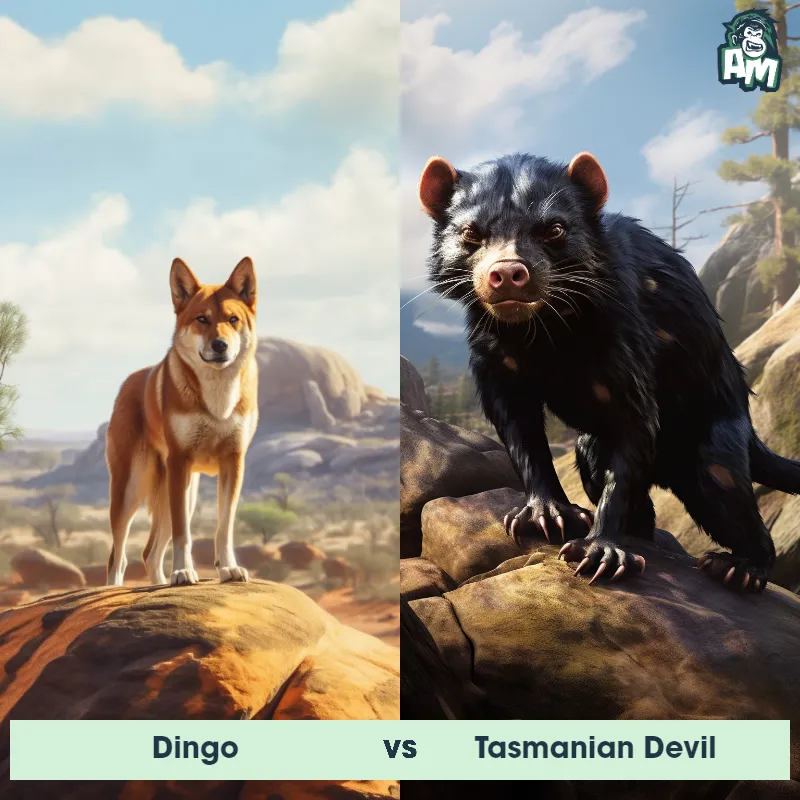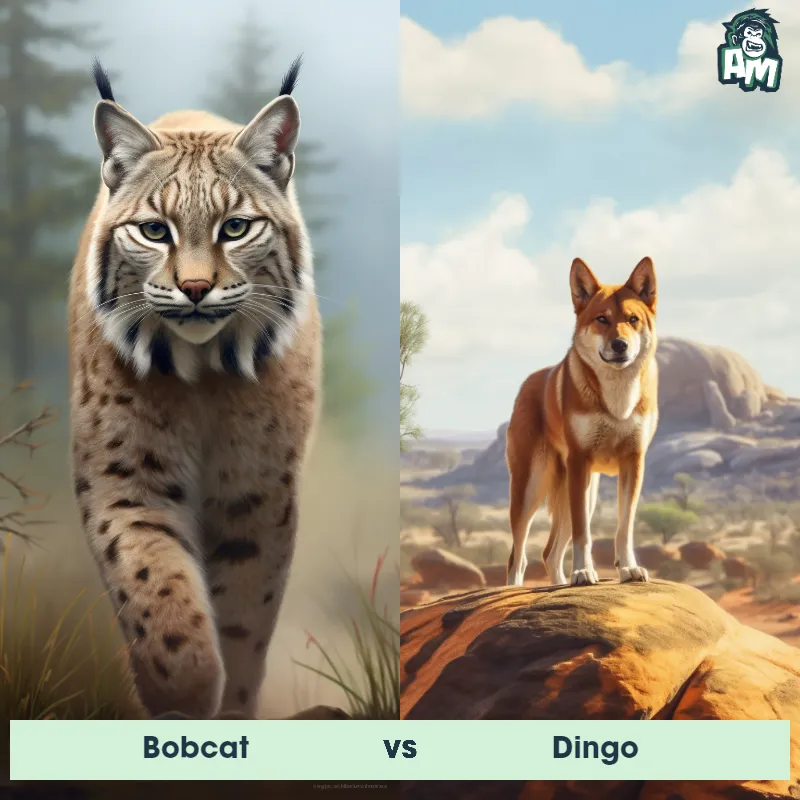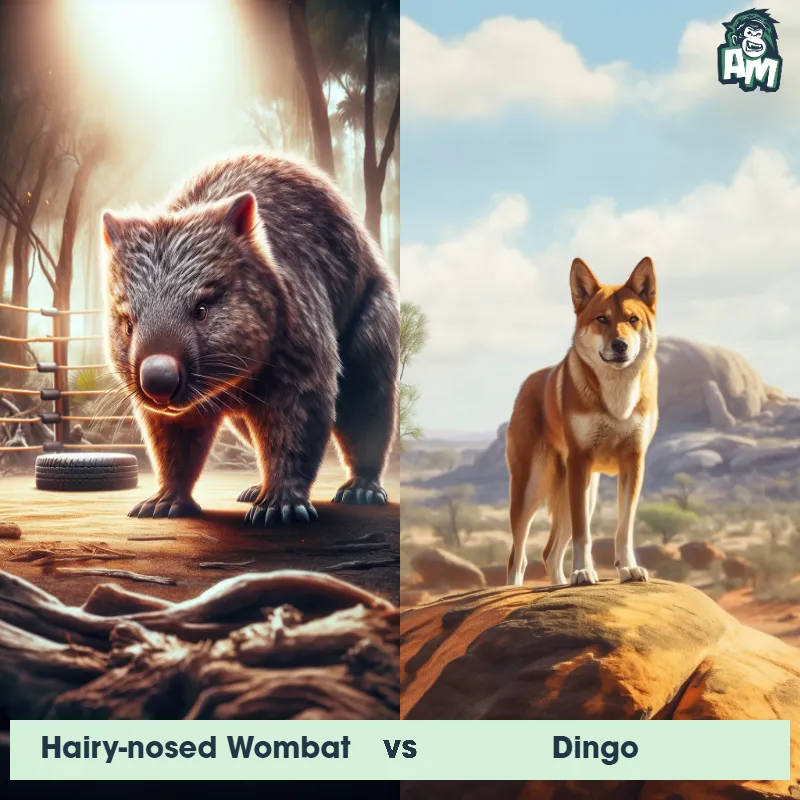The Dingo
The Dingo (Canis lupus dingo) is a medium-sized wild dog native to Australia (though also introduced in parts of Southeast Asia and North America). It is easily recognized by its lean and athletic build, sandy or ginger-colored coat, pointed ears, and bushy tail. Dingoes typically measure around 3.5 to 4.3 feet in length, with a shoulder height of about 1.9 to 2.3 feet. They are highly adaptable and have evolved to survive in various habitats, from deserts to forests and grasslands. Dingoes are skilled hunters, often working alone or in small packs. Their social structure is similar to that of wolves, with a dominant breeding pair and their offspring forming a close-knit family group. Dingoes are known for their impressive survival skills and can thrive without human intervention, making them a unique species in Australia’s wildlife.
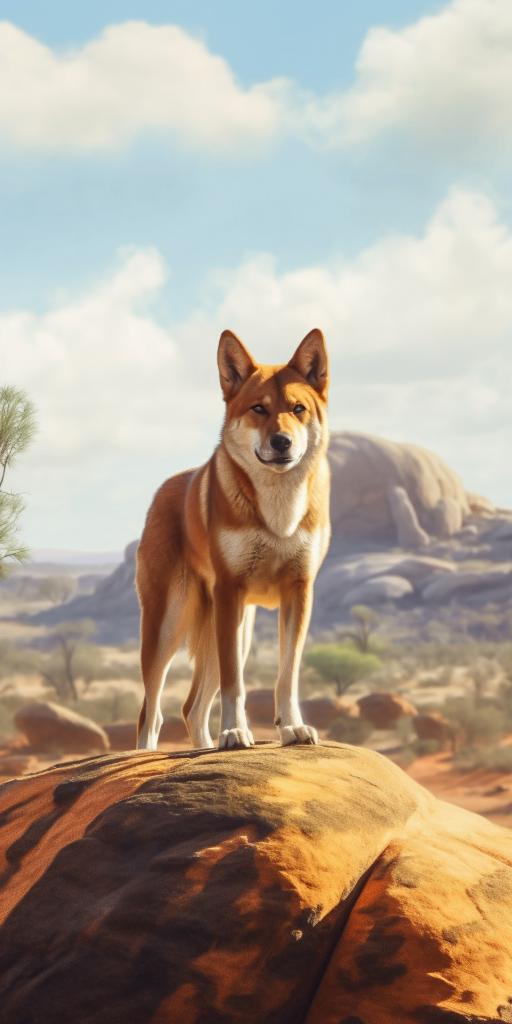
| Dingo | |
|---|---|
| Size | 20-24 inches (50-60 cm) at the shoulder |
| Weight | 22-44 pounds (10-20 kg) |
| Speed | Speed: 40 mph (60km/hr) |
| Key Strength | Speed and agility |
| Biggest Weakness | Lack of endurance |
| Scientific Name | Canis lupus dingo |
| Family | Canidae |
| Habitat | Varied, including deserts and forests |
| Geography | Australia |
| Diet | Opportunistic carnivores, eating small mammals, birds, and reptiles |
| Lifespan | 5 years - 10 years |

The Dingo
The Dingo (Canis lupus dingo) is a medium-sized wild dog native to Australia (though also introduced in parts of Southeast Asia and North America). It is easily recognized by its lean and athletic build, sandy or ginger-colored coat, pointed ears, and bushy tail. Dingoes typically measure around 3.5 to 4.3 feet in length, with a shoulder height of about 1.9 to 2.3 feet. They are highly adaptable and have evolved to survive in various habitats, from deserts to forests and grasslands. Dingoes are skilled hunters, often working alone or in small packs. Their social structure is similar to that of wolves, with a dominant breeding pair and their offspring forming a close-knit family group. Dingoes are known for their impressive survival skills and can thrive without human intervention, making them a unique species in Australia’s wildlife.
Fun Fact: Despite their wild nature, Dingoes are highly skilled jumpers and are capable of clearing fences and obstacles of up to 6 feet in height, making them excellent escape artists.
| Dingo | |
|---|---|
| Size | 20-24 inches (50-60 cm) at the shoulder |
| Weight | 22-44 pounds (10-20 kg) |
| Speed | Speed: 40 mph (60km/hr) |
| Key Strength | Speed and agility |
| Biggest Weakness | Lack of endurance |
| Scientific Name | Canis lupus dingo |
| Family | Canidae |
| Habitat | Varied, including deserts and forests |
| Geography | Australia |
| Diet | Opportunistic carnivores, eating small mammals, birds, and reptiles |
| Lifespan | 5 years - 10 years |
Match Highlights
Dingo Matchups
We use AI to simulate matchups between the Dingo and other animals. Our simulation considers size, strength, and natural predatory behaviors to determine the most likely outcome.
Dingo: Diet, Predators, Aggression, and Defensive Behaviors
What do Dingos eat?
Dingos are primarily carnivorous animals and their diet consists of a wide variety of prey, including small mammals like kangaroos and wallabies, birds, and reptiles. They are also known to scavenge for food and will sometimes eat insects, fruits, and vegetation.
Do Dingos have any predators?
Dingos do not have many natural predators in the wild due to their relatively large size and aggressive nature. However, larger predators such as crocodiles and large birds of prey may pose a threat to young or injured dingos.
Are Dingos aggressive?
Dingos are generally not aggressive towards humans unless they feel threatened or cornered. However, they can be territorial and may become aggressive towards other animals or intruders in their territory.
Do Dingos fight?
Dingos are known to engage in fights with each other over territory, food, or mates. These fights can be quite intense and may result in serious injuries or even death.
How do Dingos defend themselves?
Dingos have several defense mechanisms to protect themselves from threats. They are fast runners and agile jumpers, allowing them to escape from predators or other threats. They also have sharp teeth and claws that they can use to defend themselves in a fight.
What is Dingos' biggest weakness in a fight?
Despite their sharp teeth and agile nature, dingos' biggest weakness in a fight is their relatively small size compared to some of their larger predators. This makes them more vulnerable to being overwhelmed by larger animals, especially when they are outnumbered.
Fun Fact: Dingoes have the unique ability to rotate their wrists and use their paws like hands, allowing them to manipulate objects and open containers, making them exceptionally resourceful and proficient scavengers.
Fun Fact: Dingoes communicate through a variety of vocalizations, including howls, barks, and growls. While their howl is often associated with the haunting sound of the Australian outback, Dingoes also produce a distinctive "wah-wah" sound, which is commonly referred to as their "yodel."



